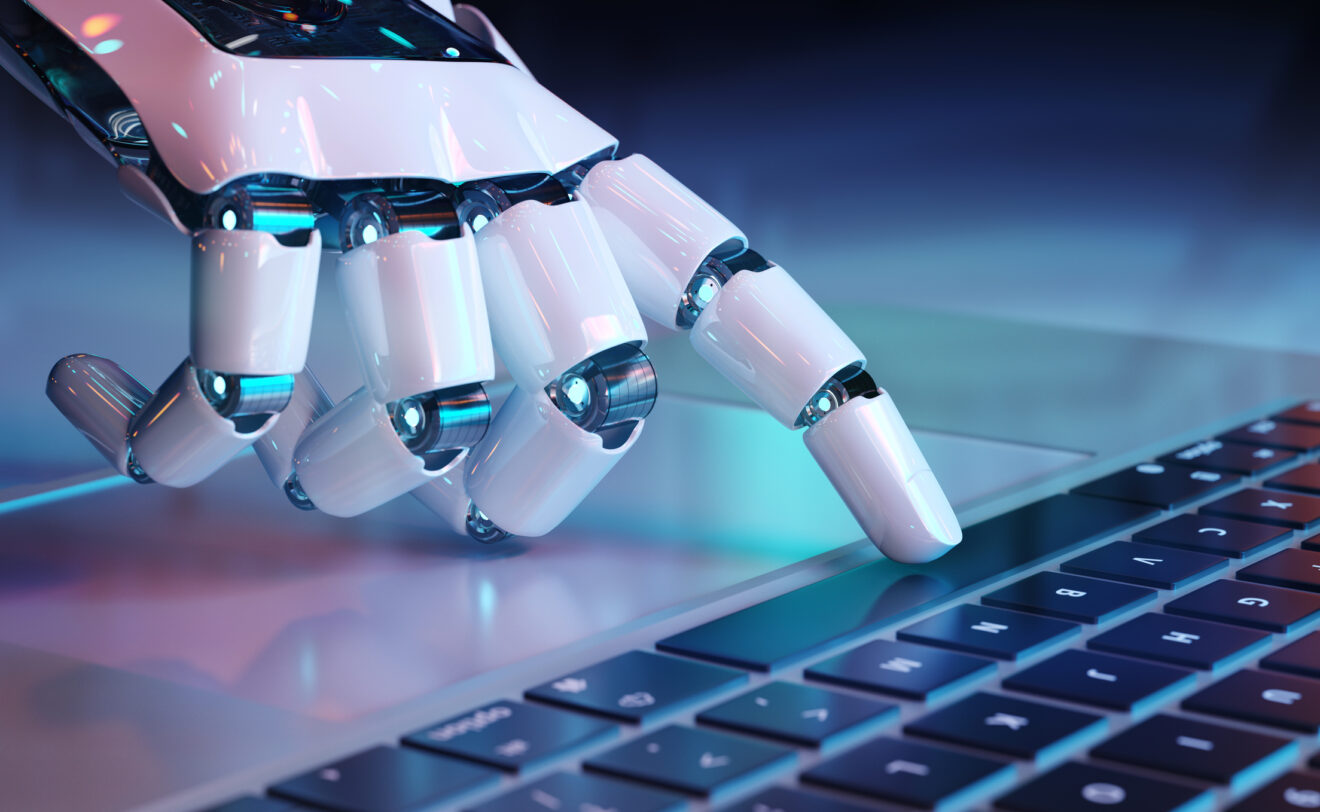The rise of AI in hospitality has ushered in a wave of automation, promising increased efficiency and streamlined operations. Yet, amidst these advancements, questions linger about the future of personalized customer experiences and the role of human staff in hospitality venues. As technological progress reshapes the landscape, business owners and managers must balance reaping the benefits of AI in hospitality with maintaining a personal touch with both their customers and staff members.
Balancing technology and the human touch
AI-powered automation tools can bring a previously unimagined level of efficiency to hospitality operations. For example, AI can analyze customer behavior and preferences during contactless interactions. This helps create smarter self-service stations, digital kiosks, and mobile order-ahead apps that can predict and suggest orders based on customer data.
Additionally, AI-enhanced scheduling and management platforms can streamline behind-the-scenes operations, ensuring optimal staffing levels, advanced inventory tracking, and seamless task coordination. And there’s more on the horizon, such as robotic food preparation and delivery that promises further advancements in hospitality efficiency.
But while AI might offer remarkable efficiency improvements, it is no replacement for the warm greetings and empathetic responses that only human staff can bring to the table. That human touch will remain especially important in the realm of fine dining, where genuine and personalized human connections are established parts of the customer experience. Even in the world of quick-service restaurants (QSR), human oversight and interaction will remain essential for handling unexpected situations, resolving customer concerns, and providing that personal touch that fosters loyalty.
The same goes for backend operations. Automation can bring a whole new level of ease to inventory tracking, stock ordering, and staff scheduling. But a human should always remain in the loop to oversee the process and make any final decisions. Additionally, staff shouldn’t be left feeling like their workdays are completely governed by faceless AI algorithms, touchscreens, and robotic systems. Human floor managers still have a vital role to play in motivating staff, providing leadership, and ensuring a supportive and collaborative work environment.
Ultimately, finding the right balance between technology and human connections is a challenge that each hospitality venue will have to confront. Some of these technologies are so new that it’s not clear what their full effect on the industry will be. With that in mind, restaurateurs should approach tech integration with a clear idea of what they’re trying to achieve. Will this technology enhance guest experiences and boost operational efficiency? Or, will it just create a needless barrier between a customer and personalized human-centric service?
Adapting to change
Any widespread integration of automation technologies in a hospitality venue is going to have both direct and indirect effects. Direct effects may include improved efficiency in order processing, faster service delivery, and reduced labor costs. Indirect effects could involve changes in employee roles, adjustments in customer expectations, and shifts in the overall dining experience. As such, it is essential for businesses to anticipate and address these effects, which may involve providing additional training and support to employees and transparently communicating with customers about expected changes.
Managers will have to handle the adoption of technologies that are aimed at reducing labor demands with particular care, as it may raise concerns among staff members regarding job security. Businesses can alleviate these concerns by communicating any changes ahead of time, offering opportunities for retraining or upskilling, and exploring alternative roles for displaced workers within the organization. Additionally, management should emphasize the positive aspects of automation, highlighting how it will free staff from repetitive tasks, allowing them to focus on more meaningful and engaging aspects of their work.
Looking ahead
As restaurants increasingly embrace AI automation technologies, the long-term implications for the hospitality sector are expected to be significant and far-reaching. One notable change will be the transformation of customer expectations. As consumers grow accustomed to personalized experiences in other aspects of their lives, they will come to expect a similar level of customization and convenience when dining out. AI-powered predictive analytics and recommendation engines will be instrumental in meeting these expectations, enabling restaurants to anticipate and satisfy customer needs before customers even express them.
Another expected change will be a higher bar for excellence in restaurant dining. This elevated standard will require restaurants to continuously innovate and improve their services to remain competitive in a fast-changing landscape. This doesn’t just mean adopting the latest technologies; it also means finding that sweet spot where the human essence of dining remains a key part of the experience. Restaurants that successfully navigate this balance will set themselves apart as industry leaders in the evolving hospitality landscape.
Final thoughts
Finding the delicate balance between technological innovation and human connection will be paramount for success in this evolving hospitality landscape. As restaurants navigate the integration of AI into their operations, they must remain vigilant in preserving the warmth and authenticity that only human interaction can provide. This will require clear implementation strategies, new training processes for staff, and a dynamic approach to dining that embraces technology while still preserving the heart and soul of hospitality.
Opinions expressed by SmartBrief contributors are their own.
Read more from SmartBrief:
- Q&A: Travel resurgence comes with focus on sustainability
- How to serve conference and expo business travelers
- How to serve client, supplier and stakeholder stakeholder travelers
- How to serve return-to-base business travelers
_______________________
If you enjoyed this content, you sign up for Hotel & Lodging SmartBrief, SmartBrief for the Business Traveler and SmartBrief for the Travel Professional to get travel news and trends in your inbox.
